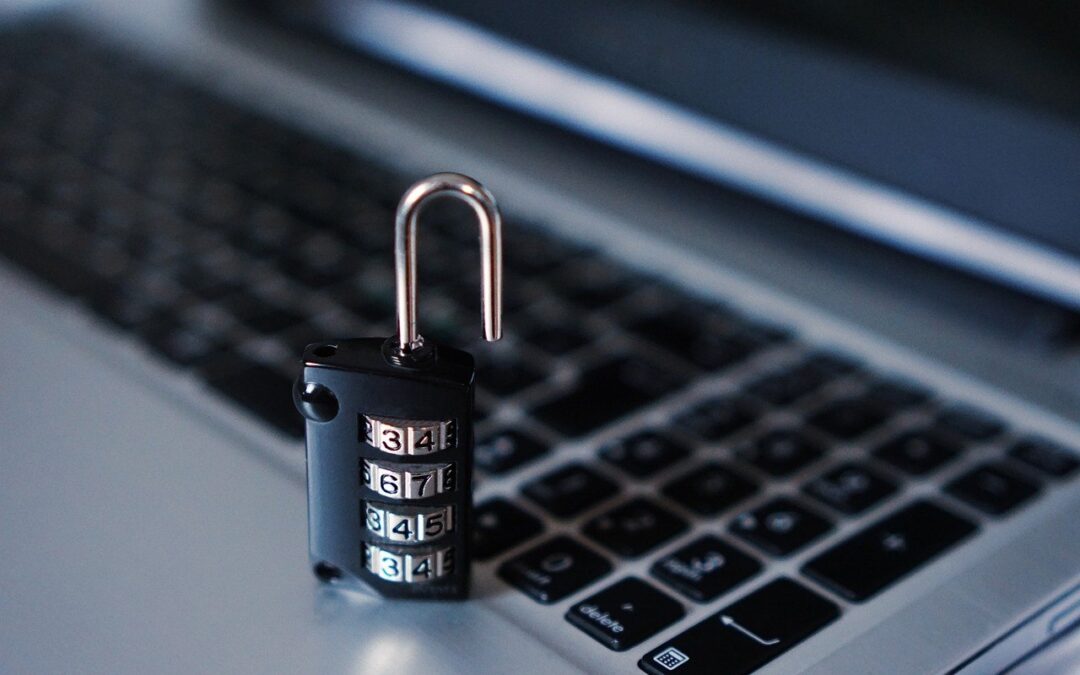A Bitcoin wallet is your entry point into cryptocurrency, and understanding how to manage your funds properly can make a big difference in your overall experience.
In this guide, we’ve outlined six key practices to help you use Bitcoin wallets more effectively: from choosing where to keep your coins after purchase to protecting your private keys and preparing for unexpected situations.
Choose the Right Wallet for Your Needs
The wallet choice depends on the amount of bitcoin you plan to store and how often you will use it. Let’s take a look at the main types of wallets so that you can understand which one is right for you.
Paper wallets
A paper wallet is a printout of a private key and its corresponding public address. This is a completely offline solution that is often used for long-term storage, since such wallets do not interact with the Internet. You can use tools like Bitaddress.org to generate your paper wallet. It is advisable to do it offline and clear the cache of the devices used before reconnecting them to the internet.
Hardware wallets
Hardware wallets are physical electronic devices specifically designed to store cryptocurrencies. Private keys never leave the device and are not transmitted to the network, providing the highest security. In case of loss of the device, funds can be restored using a backup phrase.
Mobile wallets
Mobile wallets are applications installed on a smartphone and are most often used for everyday transactions. However, due to the constant connection to the Internet, they are hot wallets and that makes them more vulnerable to remote theft than offline solutions. However, being constantly connected to the internet makes them more convenient to use than offline solutions.
Desktop wallets
Desktop wallets are programs installed on a computer and offer a similar user experience to mobile wallets, particularly if you usually manage your bitcoin from a PC. Still, like mobile wallets, they’re less secure for long-term storage because of possible online attacks.
Multisig wallets
Multisig wallets require multiple signatures to authorize a transaction. For instance, in a “2-of-3” setup, at least two of the three keys must approve before funds can be sent. This adds an extra layer of protection and makes multisig wallets especially useful for storing larger sums, such as corporate accounts.
Each option calls for a thoughtful approach. Your choice of wallet should be part of your overall security strategy: the more funds you plan to store, the stronger the protection should be.
Use Cold Storage for Significant Holdings
The most suitable choice for storing large amounts of bitcoins is cold storage.
Unlike hot wallets connected to the Internet, cold wallets remain offline. This significantly reduces the risk of hacking or unauthorized access. Although cold storage is less convenient for everyday use, it provides a higher level of security.
Hot wallets are useful for smaller amounts and frequent transactions, but they shouldn’t be relied on to safeguard major funds. For anything beyond what you’d carry in your digital “pocket,” cold storage is the safer choice.
Keep Your Private Keys Secure Using a Non-Custodial Wallet
Your private keys are the direct access to your bitcoin. Whoever controls the keys controls the funds. That’s why it’s important to understand how you store them and what risks are involved.
The simplest way is to let a third-party service, such as a crypto exchange, manage the keys for you. This storage method is called custodial. You don’t have to worry about key security, and account recovery is possible through customer support.
However, in this case, you’re relying on the platform; if something goes wrong on their end, your funds could be at risk.
The alternative is non-custodial storage, where only you have control over your private keys. This requires more attention to security, but it also gives you full control over your assets. It’s the preferred choice for those who don’t want to rely on third parties and would rather manage everything themselves.
Practice Smart Address and Transaction Management
Managing addresses and transactions properly in a Bitcoin wallet helps maintain privacy and gives you greater control over your funds.
Bitcoin wallets allow you to create a virtually unlimited number of addresses. You shouldn’t use the same address multiple times; it is better to generate a new address each time you receive funds from a privacy point of view. Reusing addresses makes it easier to track your transactions and balance.
If your wallet supports selecting unspent transaction outputs (UTXOs), you gain an extra layer of control. In Bitcoin, your balance is made up of UTXOs, individual “chunks” of bitcoin you’ve received and haven’t spent yet. You can choose which of these to use when sending funds. This helps avoid exposing details of past large transactions. For more information, check out the UTXO management guide by The Bitcoin Way.
Also, avoid entering addresses manually. Use copy-paste or QR codes to prevent mistakes.
Beware of Phishing Attacks
Phishing is an attempt to deceive you by posing as a trusted service to trick you into revealing sensitive data. Scammers often send fake emails or create copies of popular websites that are outwardly indistinguishable from the originals. If you land on such a site, you may accidentally enter your login, password, or seed phrase, thereby giving attackers access to your funds.
Be especially wary of emails and messages that create a sense of urgency or pressure. Don’t click on suspicious links or enter personal information unless you are sure of the source.
Always double-check the website URL before entering any data. Scammers often use domains with subtle typos to mislead users. Never share your seed phrase or private keys under any circumstances.
Set Up a Bitcoin Inheritance Plan
Bitcoin is an asset that can only be accessed through your private keys. If something happens to you, no one will be able to access your funds without a plan in place. That’s why it’s important to prepare for access recovery in advance and make sure trusted individuals can take over if needed.
Create a clear and secure recovery plan:
- Safely store your backup phrases.
- Write step-by-step instructions for restoring the wallet.
- Outline procedures for emergencies.
This plan should be easy to understand and follow for the people you trust, even if they’re not technically experienced.
Ready to Take Complete Control of Your Bitcoin Security?
To get the most out of your Bitcoin wallet, it’s important to think carefully about security, functionality, and ease of use. When you understand and use these key practices, you will create a solid foundation for your cryptocurrency activities.






